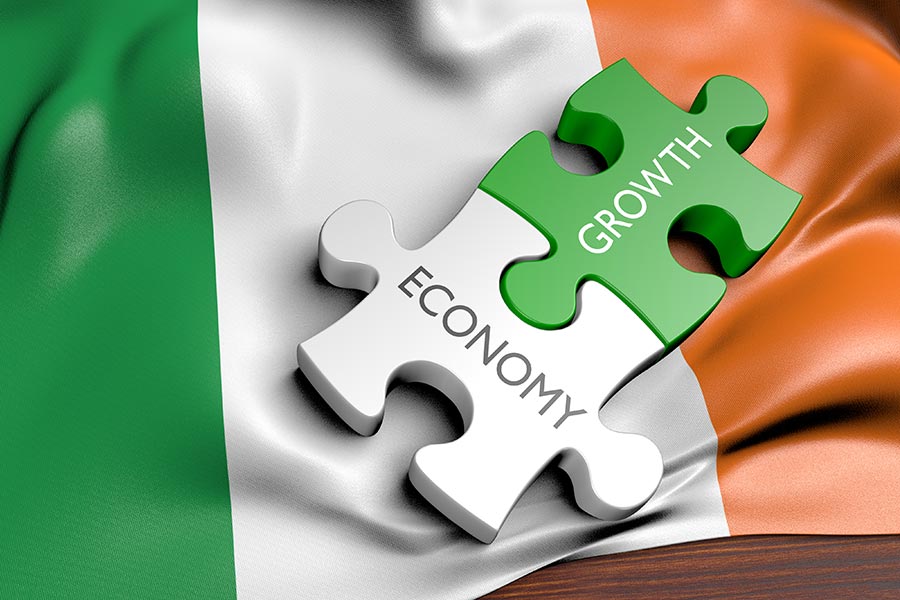The Consumer Price Index (CPI) rose by 1.7% between May 2024 and May 2025, down from an annual increase of 2.2% in the 12 months to April 2025, according to the latest CSO figures.
Excluding energy and unprocessed food, the CPI grew by 1.9% in the 12 months to May 2025.
The divisions with the largest increases in the 12 months to May 2025 were Food & Non-Alcoholic Beverages (+4.0%) and Alcoholic Beverages & Tobacco (+3.1%).
The divisions to record the largest declines when compared with May 2024 were Transport (-2.4%) and Clothing & Footwear (-1.9%).
Consumer prices remained unchanged in the month between April 2025 and May 2025.
The divisions with the largest growth in the month were Clothing & Footwear (+1.8%) and Restaurants & Hotels (+0.9%), while the divisions with the largest declines in the month were Transport (-2.8%) and Recreation & Culture (-1.5%).
Commenting on the latest stats, Dominic Lumsden, spokesperson for Peopl Insurance said: “While this morning’s report shows that at 1.7%, the rate of inflation has slightly eased, there are many areas where inflation is running well above average, such as for postal services (up 7.4%), hygiene products (up 4.6%) and taxi fares (up 8.7%).
“Today’s report shows that above-average inflation has also been recorded for many basic grocery items with butter prices up 18%, beef and veal prices up 19.9%, and fresh low fat milk prices up 13.7%.”
“Unfortunately, consumers are still feeling the impact of the record-high inflation of recent years and this will continue for some time,” Lumsden continued.
“Shopping around - so that you’re not paying more than you need to for something - has never been more important.
“While the cost of many goods and services is still high, retailers and providers are still competing for business and consumers need to leverage this competition and make it work for them.

“Shopping around will invariably help cut costs and put more money back into your pocket. But this cannot all be left to consumers.
“The Government has a role to play here too and it needs to urgently examine what measures could be taken to bring down the cost of living for consumers.”










